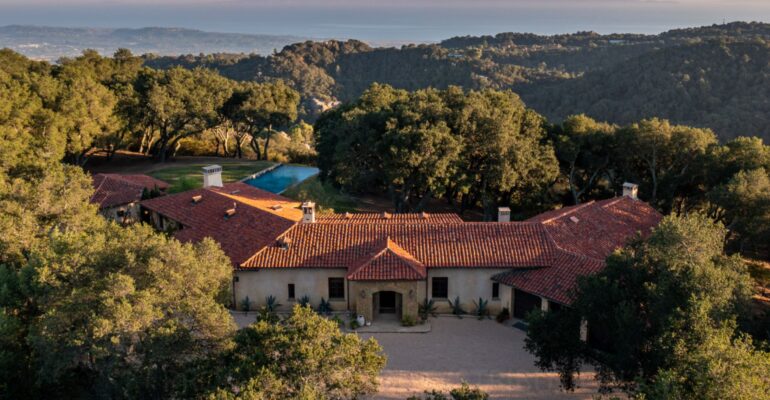Preserving Santa Barbara’s Architectural Heritage: A Guide to Restoration
Santa Barbara, California, is a city renowned for its striking architectural diversity and rich historical heritage. Its unique blend of Spanish Colonial Revival, Mission Revival, and Mediterranean styles, among others, has earned it the nickname “The American Riviera.” Preserving and restoring this architectural heritage is not just a matter of maintaining the city’s aesthetic appeal; it’s a way of preserving its cultural identity and history. In this guide, we will explore the architectural styles that define Santa Barbara and offer tips on restoring historic buildings.
Understanding Santa Barbara’s Architectural Styles
- Spanish Colonial Revival: This iconic style was popularized in the early 20th century, inspired by the city’s Spanish heritage. Key features include white stucco walls, red-tiled roofs, courtyards, and ornate wrought-iron details.
- Mission Revival: Drawing from California’s mission history, this style incorporates arched doorways, bell towers, and rustic, earthy materials like adobe and clay tiles.
- Mediterranean Revival: Characterized by elements borrowed from Mediterranean countries, this style features terracotta roofs, wrought-iron balconies, and lush gardens.
- Craftsman: While less common than the aforementioned styles, Craftsman homes can still be found in Santa Barbara. They are known for their handcrafted details, exposed beams, and a cozy, cottage-like feel.
The Importance of Restoration
Preserving Santa Barbara’s architectural heritage isn’t just about aesthetics; it’s about honoring the city’s past and maintaining a unique sense of place. Many historic buildings are not just beautiful; they also hold stories of the people who lived and worked in them. However, historic restoration can be a challenging and complex endeavor. Here are some tips to guide you through the process:
1. Research and Documentation
Before beginning any restoration project, conduct thorough research on the building’s history and original design. Old photographs, building permits, and architectural plans can provide valuable insights. This documentation will serve as your guide throughout the restoration process.
2. Respect the Original Design
One of the most critical aspects of restoration is maintaining the building’s original design and materials as much as possible. Use historically accurate materials and techniques to ensure that the building retains its historical integrity.
3. Work with Preservation Professionals
Restoring historic buildings in Santa Barbara often requires the expertise of architects and contractors well-versed in preservation. They can help you navigate local building codes and preservation guidelines while ensuring that the restoration work adheres to high standards.
4. Secure Necessary Permits
Be prepared to navigate the permitting process. Many historic buildings are protected by local ordinances, and modifications require approval. Work closely with the local historical preservation office to ensure your project aligns with the guidelines.
5. Address Structural and Safety Concerns
While maintaining the historical appearance is crucial, ensuring the safety and structural integrity of the building is paramount. Structural upgrades, electrical rewiring, and plumbing updates may be necessary to meet modern safety standards.
6. Sustainability in Restoration
Consider sustainable restoration practices. Utilize energy-efficient systems and materials to reduce the building’s environmental impact while preserving its historical charm.
Preserving Santa Barbara’s Architectural Heritage, One Building at a Time
Restoring historic buildings in Santa Barbara is a labor of love, a commitment to preserving the city’s unique character and cultural heritage. It allows each generation to connect with the past while ensuring that future generations can continue to appreciate the architectural wonders that make Santa Barbara a truly special place.
In every restoration project, you are not just repairing a building; you are contributing to the vibrant tapestry of Santa Barbara’s history and heritage, ensuring that its architectural treasures continue to inspire and captivate for years to come.

